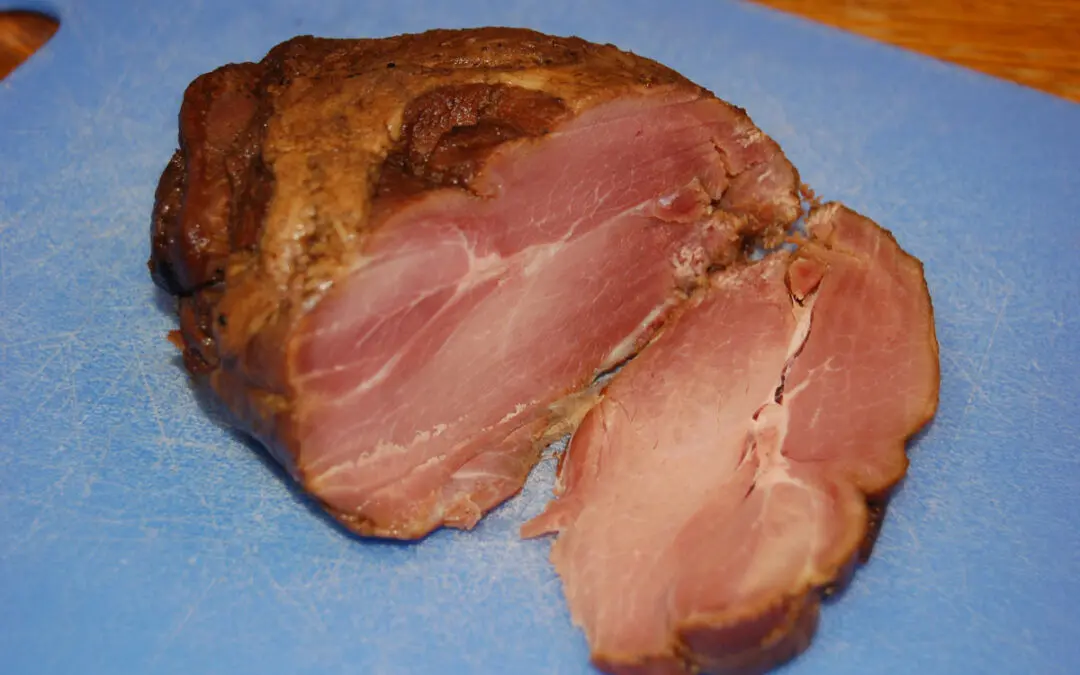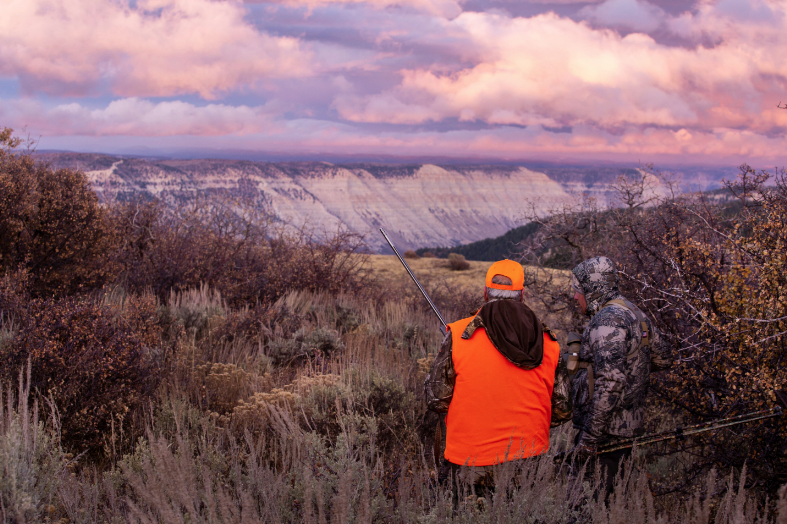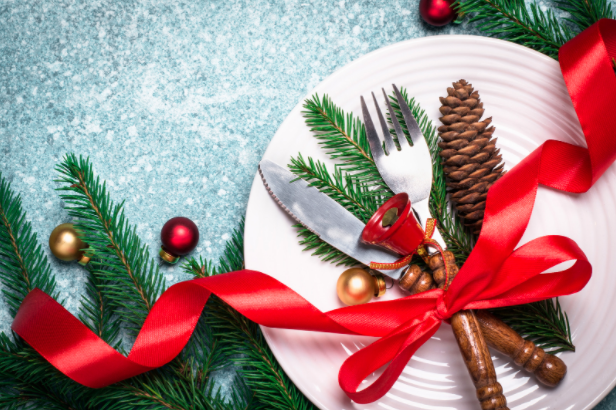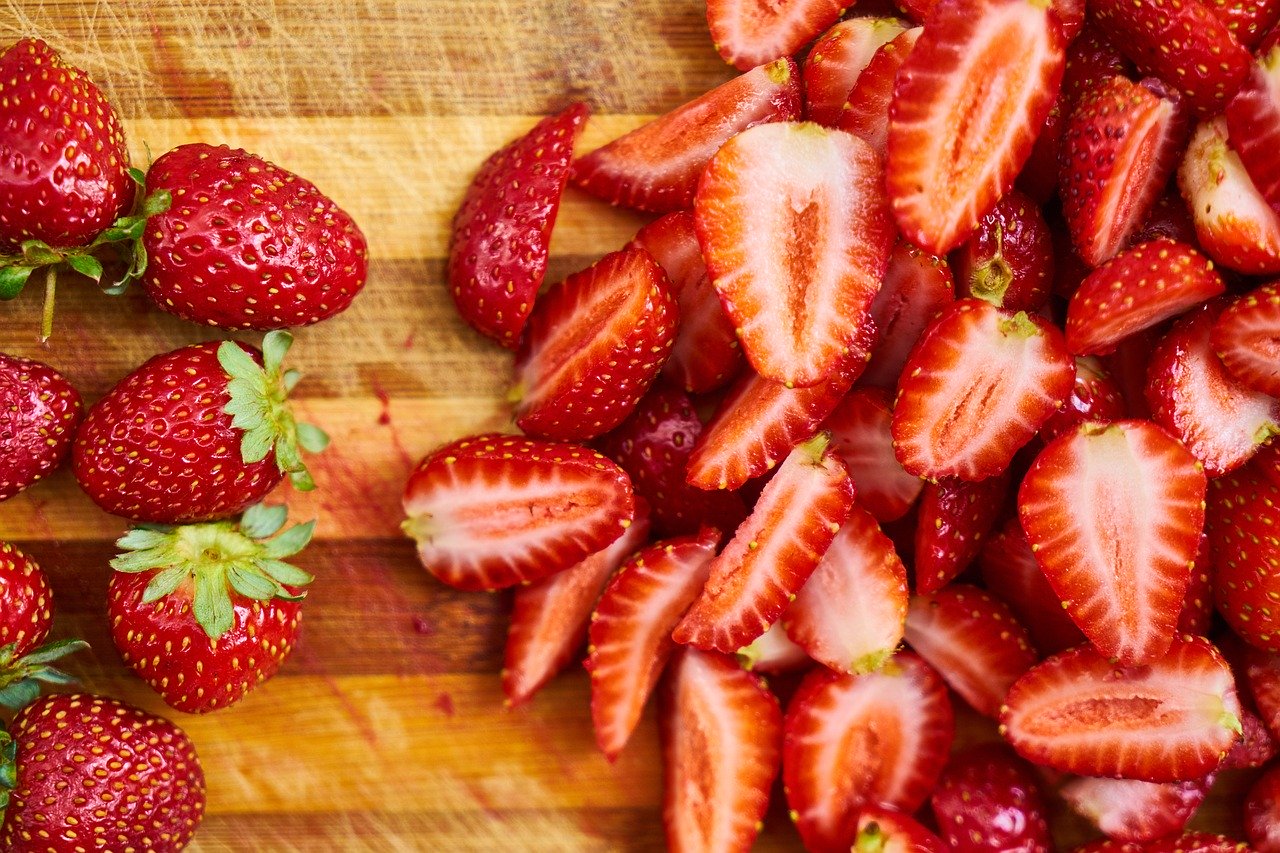Curing and smoking pork is a very simple process that has been practiced for hundreds of years.
As a boy growing up in very rural Red River County in northeast Texas, I remember watching my dad cure and smoke hams from the domestic hogs he raised.
Through the years, the process of curing and smoking pork at home has almost fallen by the wayside, probably because of the convenience of purchasing “store-bought” ham and the simple fact that few people today have access to fresh pork.
 A few years ago, I began curing and smoking chunks of wild pork from hogs I harvested. The ham was a big hit with my buddies at hunting camp, and after a couple years of curing ham in smaller pieces, I decided to go “whole hog” and cure a bone-in ham. The process is simple and one I watched my Dad do sixty years ago. I was always afraid of not getting the cure distributed throughout the ham and was hesitant to cure a conventional sugar-cured, bone-in ham. I had read all the instructions and knew that was a safe process, but I stuck with curing my boneless pieces of ham.
A few years ago, I began curing and smoking chunks of wild pork from hogs I harvested. The ham was a big hit with my buddies at hunting camp, and after a couple years of curing ham in smaller pieces, I decided to go “whole hog” and cure a bone-in ham. The process is simple and one I watched my Dad do sixty years ago. I was always afraid of not getting the cure distributed throughout the ham and was hesitant to cure a conventional sugar-cured, bone-in ham. I had read all the instructions and knew that was a safe process, but I stuck with curing my boneless pieces of ham.
Then, a buddy cured a bone-in ham that turned out great. I decided it was time to follow suit and try my hand at an old, well established process that has been in practice in rural America for generations.
Sodium Nitrite is the “cure” compound, and I opted to purchase a curing kit from Butcher Packer Supply that contained the correct amount of the cure, mixed with salt and maple flavored sugar. These kits are widely available and cost only a few dollars. They are simple to use and require no measuring other than the appropriate amount of water to create the brine. You can also mix your own cure to create the brine by mixing the correct amount of sodium nitrite, salt and sugar, but I highly recommend using one of the pre-mixed packets.
If you have been contemplating turning that wild pork you harvest into some of the best tasting ham imaginable, follow my instructions below. You will find the process easy and the finished product worth the effort.
Brine the Ham
 Begin by using a quarter-inch drill bit and drill a small hole through the very end of the bone on the shank end of the ham. This will later be used to hang the ham vertically in your smoker. Next, mix your curing packet with water in a plastic tub, stirring well to insure the cure is well dissolved. I love the flavor of brown sugar and add an extra cup to the brine. Next, use an injector needle and “pump” the ham full of the cure. Make sure to inject the cure next to the bone. When the ham is loaded with cure from the inside, you will see the cure coming from the previously punched holes. Next, simply place the ham into the solution and let it set in the refrigerator (38 degrees) for seven days, turning about once a day to insure the cure well distributed.
Begin by using a quarter-inch drill bit and drill a small hole through the very end of the bone on the shank end of the ham. This will later be used to hang the ham vertically in your smoker. Next, mix your curing packet with water in a plastic tub, stirring well to insure the cure is well dissolved. I love the flavor of brown sugar and add an extra cup to the brine. Next, use an injector needle and “pump” the ham full of the cure. Make sure to inject the cure next to the bone. When the ham is loaded with cure from the inside, you will see the cure coming from the previously punched holes. Next, simply place the ham into the solution and let it set in the refrigerator (38 degrees) for seven days, turning about once a day to insure the cure well distributed.
Ham in Smoker
 After a week in the brine, remove the ham and rinse well. I then give the ham a good rub of dark brown sugar, hook a wire through the hole in the end of the shank bone and hang it in my smoker. I use a Smokin’ Tex electric smoker that has a thermostat which makes the temperature easy to control. My dad used to smoke his hams in a 55 gallon barrel smoker, but I remember it was a challenge for him to control the heat. The type of wood used to create the smoke is optional. Hickory is hard to beat, but I’ve used everything from pecan to peach wood. The finished product always turns out great. The meat is cured so smoking at low temperatures is a safe process. I set my smoker at 140 degrees and let it smoke about 10 hours and then crank the heat up to 165 until the internal temperature reaches 160 degrees. The entire process takes about 14 hours.
After a week in the brine, remove the ham and rinse well. I then give the ham a good rub of dark brown sugar, hook a wire through the hole in the end of the shank bone and hang it in my smoker. I use a Smokin’ Tex electric smoker that has a thermostat which makes the temperature easy to control. My dad used to smoke his hams in a 55 gallon barrel smoker, but I remember it was a challenge for him to control the heat. The type of wood used to create the smoke is optional. Hickory is hard to beat, but I’ve used everything from pecan to peach wood. The finished product always turns out great. The meat is cured so smoking at low temperatures is a safe process. I set my smoker at 140 degrees and let it smoke about 10 hours and then crank the heat up to 165 until the internal temperature reaches 160 degrees. The entire process takes about 14 hours.
The pork from feral hogs usually contains far less fat then that of domestic hogs, thus it tends to be a bit dryer. The “pumping” of the liquid cure throughout the ham helps add moisture to the finished product. To be on the safe side, I always slice and cook any cured ham, whether store bought or the ham I cure at home. We’ve used my home-cured and smoked ham in all sorts of dishes, everything from ham, fried potatoes and onions to seasoning beans and of course, served for breakfast with eggs and potatoes. Cure, smoke, enjoy!
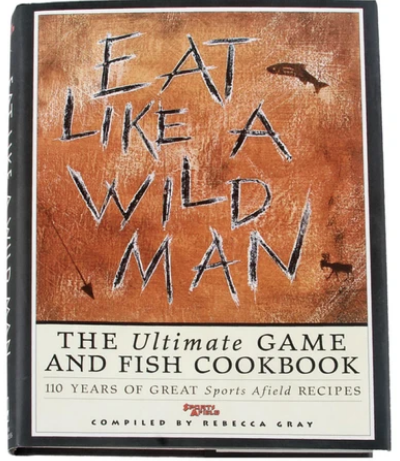 Eat Like a Wildman is a collection of the top rated wild game and fish recipes that Sports Afield magazine has published over the last 110 years. Lifelong food critic and cookbook author, Rebecca Gray selects and infuses a wonderful-tasting standards with her own culinary wizardry and provides instruction on the best methods for preparing fish and wild game to cook. Buy Now
Eat Like a Wildman is a collection of the top rated wild game and fish recipes that Sports Afield magazine has published over the last 110 years. Lifelong food critic and cookbook author, Rebecca Gray selects and infuses a wonderful-tasting standards with her own culinary wizardry and provides instruction on the best methods for preparing fish and wild game to cook. Buy Now

